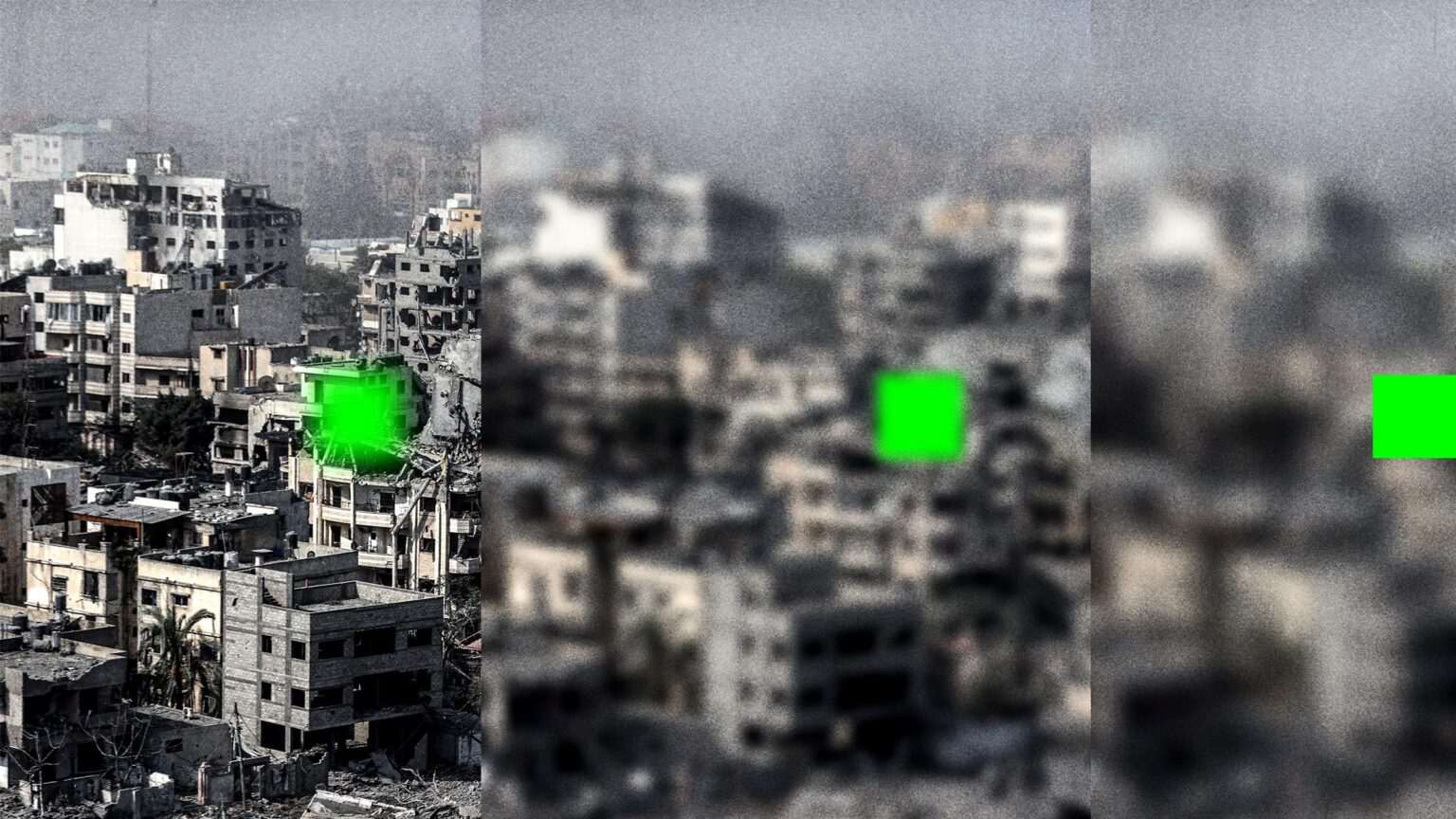After weeks of deadly violence and destruction, Israel and Hamas have finally agreed to a ceasefire deal. The contentious conflict that has gripped the region in recent days seems to have reached a temporary resolution as both sides have agreed to put down their weapons and pause hostilities. This momentary peace comes as a glimmer of hope in the midst of a turbulent storm, offering a brief respite for the war-weary citizens of both nations. But with deep-rooted grievances and unresolved issues still looming in the background, the question remains – how long will this fragile ceasefire hold?
Overview of the Ceasefire Agreement
After weeks of intense fighting, Israel and Hamas have finally reached a ceasefire agreement, bringing an end to the violence that has ravaged the region. The agreement, brokered by Egypt, calls for an immediate cessation of hostilities and the opening of border crossings to allow the flow of humanitarian aid into Gaza.
Under the ceasefire deal, both Israel and Hamas have agreed to a number of key provisions, including:
- Halting of rocket attacks: Hamas will stop firing rockets into Israel, while Israel will cease all military operations in Gaza.
- Border crossing openings: Border crossings will be opened to allow the passage of goods and humanitarian aid into Gaza.
Impact on Israeli and Palestinian civilians
After days of intense fighting, Israel and Hamas have finally agreed to a ceasefire deal, bringing a temporary halt to the violence that has been devastating both Israeli and Palestinian civilians. This agreement comes as a relief to many who have been living in fear and uncertainty, hoping for a respite from the destruction and loss that has plagued their communities.
The ceasefire will hopefully bring some much-needed calm to the region, allowing both Israeli and Palestinian civilians to begin to rebuild their lives and communities. While the impact of the recent conflict will be felt for years to come, this ceasefire offers a glimmer of hope for a more peaceful future for all those affected. As both sides work towards lasting peace and stability, it is crucial that the needs and concerns of civilians on both sides are prioritized and addressed.
Challenges ahead and recommendations for lasting peace
Here are some recommendations for lasting peace:
- Engage in dialogue: Both sides need to engage in constructive dialogue to address the underlying issues causing the conflict.
- Implement economic development programs: Investing in economic development in the region can help create opportunities for all parties involved.
- Involve international mediators: International mediators can help facilitate peace talks and ensure that both sides are held accountable to their commitments.
Future Outlook
As the dust settles on another chapter in the volatile saga between Israel and Hamas, the announcement of a ceasefire deal brings a glimmer of hope for peace in the region. While the road ahead may be fraught with challenges and uncertainties, this agreement serves as a reminder of the power of diplomacy and the potential for dialogue to overcome conflict. Time will tell if this truce will hold, but for now, let us take a moment to breathe a sigh of relief and reflect on the possibility of a more peaceful future for all those affected by the ongoing strife in the Middle East.
